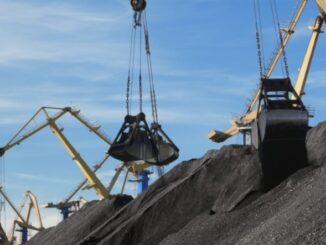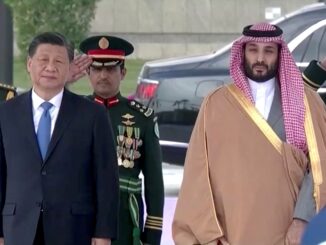
The details of its journey are opaque, however, with significant room to continue slowing the progress of change. For example, the Plan targets non-fossil fuel energy reaching only 20% of China’s energy supply by 2030; this means that coal must remain China’s dominant electric power generation fuel source for the foreseeable future. In addition, the Plan makes it clear that China has a serious and sustained commitment to nuclear power.
The Plan implicitly poses a troubling question: Is this the best the world can do—that one of the most powerful nations in the world with rising technological prowess and global influence can only achieve a net-zero emissions benchmark roughly ten years past the point of no return, as defined by the Paris Agreement goals? (The Paris Agreement set a goal of limiting global warming to 1.5°C. To meet such a goal, we need to reduce global CO2 emissions by about 45% from 2010 levels by 2030 and reach “net zero” around 2050. If we fail to do so by 2050, the hope of ever reversing global warming is close to none.)
To fight climate change and improve U.S. energy infrastructure, the Biden administration has just announced new initiatives providing more than $8 billion to fund new high-voltage transmission lines with a total capacity of 20GW. In comparison, China already has built over 25,000 miles of more technologically advanced and efficient ultra-high-voltage (UHV) transmission lines with a total capacity of over 440GW—more than the rest of the world combined. The U.S. has no UHV infrastructure at all. UHV lines provide great potential for connecting renewable energy sources in China’s remote areas (e.g., solar and wind farms in northern and western parts of China) to satisfy its vast demand for electricity. And yet its source of electricity is predominantly supplied by coal and will remain so for the next 30 years according to the Plan.
China also positions its nuclear power investments as grid stability assets intended to hedge growing reliance on variable solar and wind power. This is an unconvincing argument. Variable resources fluctuate at millisecond rates. Nuclear (and coal) central station power plants cannot ramp up and down fast enough to smooth such variable power production. Moreover, grids with high variable renewable resources in the U.S., UK, and Europe have, for the most part, solved such stability problems using an array of deployed assets, e.g., batteries, hydroelectric resources, and compressed air. Software-based smart grid operations techniques also reliably stabilize grids to handle variable solar and wind resources. To our knowledge, in no case has a nuclear power station played a meaningful sustained role in the ongoing grid stabilization of variable renewable resources.
We question how a 20th-century central station/high-voltage transmission electricity system model anchored with coal and nuclear power plants makes sense for the 21st century. This century needs highly resilient, flexible, agile, and fast responding electricity systems that are clean and serve digitally dependent economies with uninterrupted power supplies. This century needs electrification for emerging economies as well: electrification that must be carbon neutral now and flexibly scalable to support local economies across nations and regions.
Our research tells us that China can do better. That all nations can do better. The U.S. needs to learn from China and boost its own electrical infrastructure. China can lead the way more profoundly than most any other country. If it leads jointly with the U.S., our view is that humankind can meet and beat Paris Agreement goals in time to make a meaningful difference in climate change impacts and outcomes. But doing so must begin with a coherent balancing of global human interest with national self-interest. Finding that balance is imminently achievable if leaders of nations choose to put species survival over personal and national zero-sum gamesmanship. It is time for all nations to act together to achieve carbon neutrality by 2050 before it is too late.
David O. Jermain is a senior fellow and former associate director at the Boston University Institute for Sustainable Energy (ISE). Z. Justin Ren is an Associate Professor at the Boston University Questrom School of Business and ISE affiliated faculty. They are co-editors (with Peter Fox-Penner) of the book Melting the ICE.: Lessons from China and the West in the Transition from the Internal Combustion Engine to Electric Vehicles (The Critical Role of Public Charging Infrastructure).
The opinions expressed herein are those of the author and do not necessarily represent the views of the Boston University Institute for Sustainable Energy.



